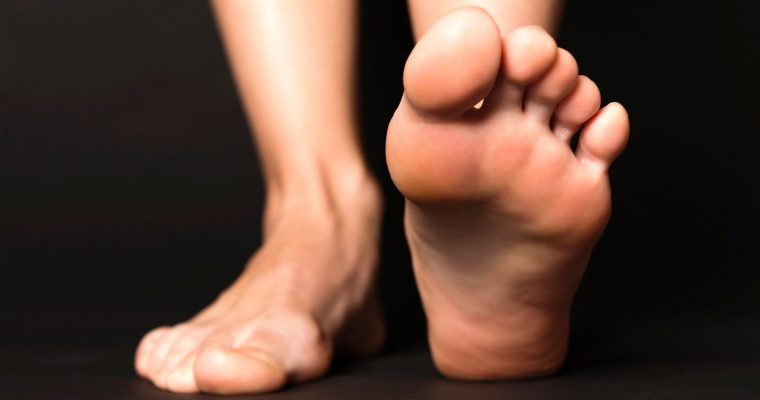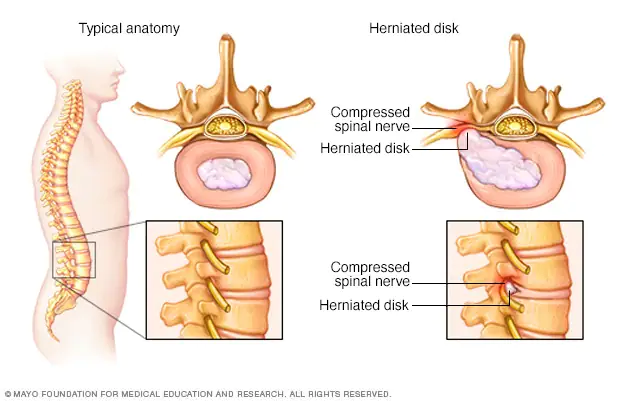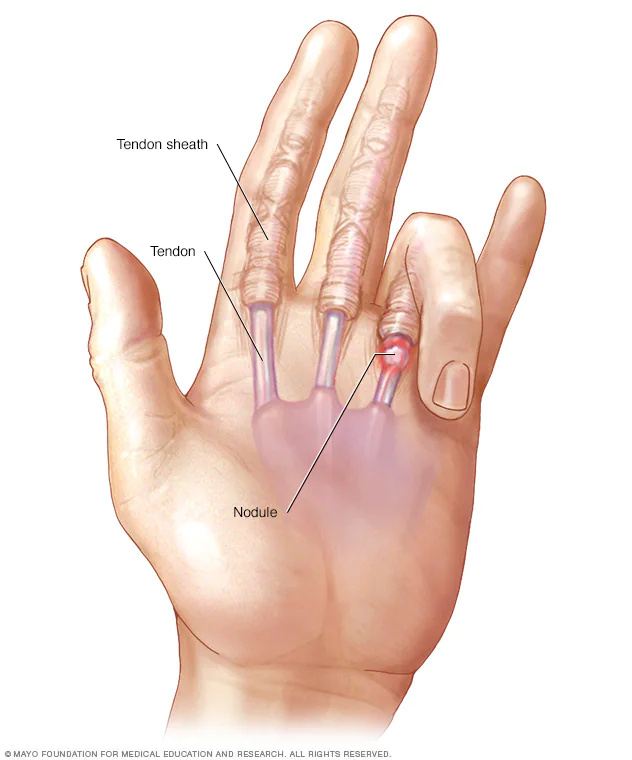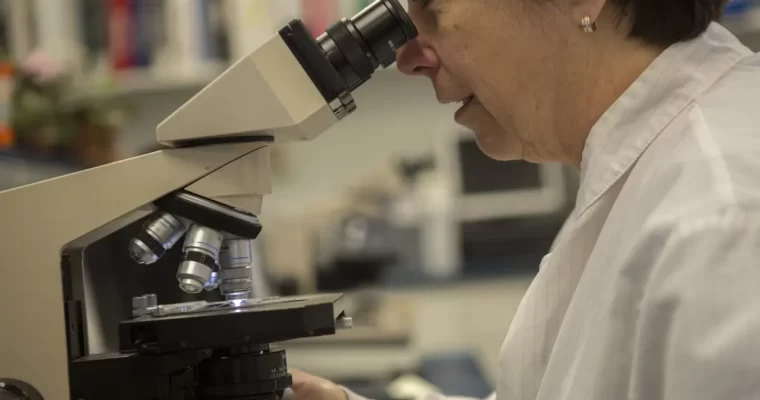The interaction between the different upper extremities depends on the health of their bones, ligaments, cartilage, tendons, and connective tissues. Sometimes, you may experience an issue that affects your fingers, which can negatively affect the functioning of the other parts of your upper extremities. The trigger finger is one common hand condition that Dr. Kristopher Downing La Jolla treats. Medically called Stenosing Tenosynovitis, a finger remains in a bending position, like pulling and releasing a trigger when you have the condition. One or more fingers or hands may be affected at once.
When the condition affects your thumb, people tend to refer to it as a trigger thumb. Consequently, below are a few other things to know about the trigger finger or thumb.
Common symptoms of trigger fingers
You can notice you have trigger fingers when you observe symptoms such as your fingers painfully snapping as you make them straight or bend. The painful click or snap can aggravate when your finger has not been moving for a long time. Moving your finger makes it feel better eventually.
Another common symptom of a trigger finger is inflexibility, which is most common when you wake up in the morning.
Other symptoms may include finger or thumb tenderness and locking, making it harder to straighten them.
Trigger finger causes
Trigger finger results from long-lasting activities or behaviors involving frequent movement and forceful application of your fingers and thumbs. Activities involving routine handling of heavy things and regular use of gadgets and tools like computers requiring constant finger motions may cause the finger condition.
You are more at risk when your job involves farming, working in the industries, and playing and holding musical instruments due to their demand for monotonous, straining finger and hand motions.
Advanced age, arthritic conditions such as rheumatoid arthritis, and other health conditions like high blood glucose all put you at risk of a trigger finger.
Management and treatment of trigger finger
If you have an acute trigger finger, you should avoid strenuous activities that cause it. You may also find a splint helpful in holding the fingers affected to safeguard the joint against the locking movement.
Another home remedy involves soaking your affected fingers in warm water for about 15 minutes after you wake up in the morning. Gently try to exercise the fingers inside the warm water to alleviate the strain on the muscles and tendons.
Moreover, your health provider may prescribe medications or injections to tackle the inflammation you are experiencing.
Nonsurgical treatment options rarely eliminate chronic or long-lasting trigger fingers. In that case, you will have to visit the office of an upper extremity specialist for surgical treatment.
Surgery will involve lacerating the tissue layer (sheath) of the tendons in your fingers. The sheath allows easy passage and sliding of tendons. Cutting the tissue layer avails more space near the tendons of a trigger finger or thumb.
Thus, the tendons in your fingers can effortlessly glide through the sheath, and you can bend or straighten your fingers and not feel discomfort or inflexibility.
Contact today for specialist diagnosis and surgical and nonsurgical treatments of health conditions affecting your upper extremities, including your hands and fingers.










